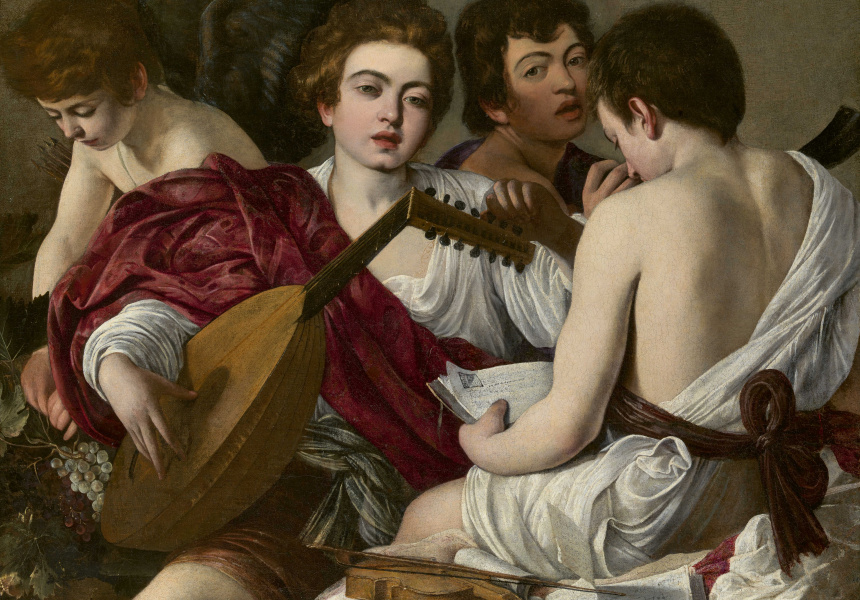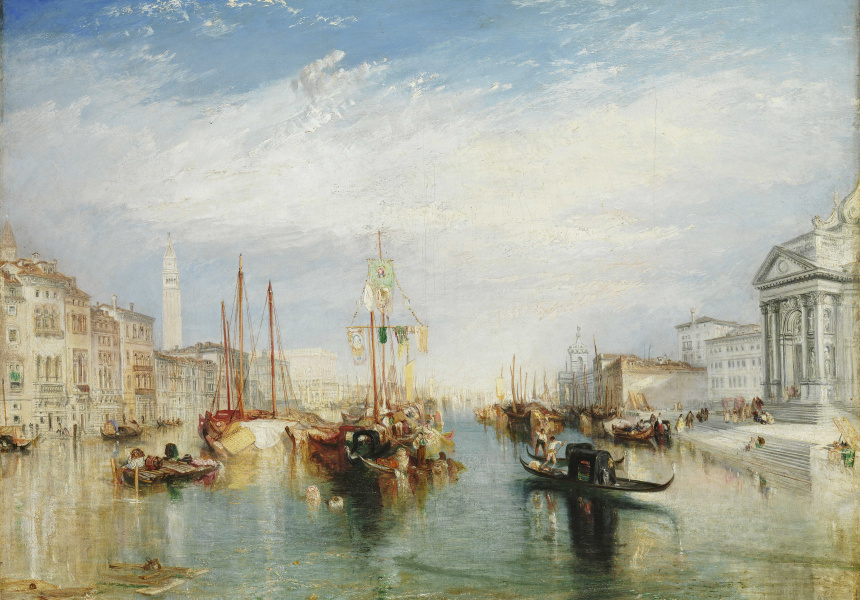“Why Goma?” “Why Brisbane?”
They’re the first two questions that come to mind when talking about the latest blockbuster exhibition, European Masterpieces from The Metropolitan Museum of Art, New York, that's just opened at the Gallery Of Modern Art (Goma).
Why Brisbane and why hang the paintings in a gallery better known for modern art? QAGOMA’s curatorial manager for international art, Geraldine Kirrihi Barlow, says the answer comes down to practicality.
Never miss a moment. Make sure you're subscribed to our newsletter today.
SUBSCRIBE NOW“We do really need that scale [of Goma, which is significantly bigger than QAG],” says Barlow. “Although there are just 65 works, we feel they’re really important and warrant closer looking. They look great with that air and that opportunity to focus.
But Goma’s reputation for blockbuster exhibitions was surely a clincher for Brisbane when Qagoma director Chris Saines found himself in the right place at the right time to attract the exhibition to the Queensland capital. On a 2018 visit to New York, his ears pricked up when Daniel Weiss, president and CEO of The Met, mentioned that the museum would be looking to put some of its European paintings on loan while it undertook a major renovation of the galleries’ skylights.
“Chris said, ‘If there’s any opportunity for that exhibition to come here, we’d love to have it,’” Kirrihi Barlow says. “He’s been an advocate for it right from that point.”
The total cost of hosting these paintings has been kept confidential but in a statement the Qagoma team acknowledged the support provided by the Australian Government International Exhibitions Insurance (AGIEI) program, which provides funding for insurance for significant cultural exhibitions. Without it, the exhibition wouldn’t have been able to make it to local shores.
The Goma team’s experience and skill with mounting the gallery’s signature Asia Pacific Triennial of Contemporary Art and surveys of artists such as Andy Warhol, Yayoi Kusama, Pablo Picasso and Henri Matisse is on full display with European Masterpieces. The works from giants such as Caravaggio, Rembrandt, Vermeer, Rubens, Goya, Turner, Van Gogh, Cezanne and Monet cover 500 years of Western art history and have been split into three chapters.
The first, "Devotion and Renaissance", highlights works drawn from altarpieces, chapels and cloisters of 15th- and 16th-century Italy. The second, "Absolutism and Enlightenment", takes in the Italian baroque, Dutch golden age, French rococo and neoclassical movements. The third chapter, "Revolution and Art", exhibits works from the 19th and early 20th centuries, when creatively independent art began to take hold in Europe.
As you wend your way through the exhibition, you experience it as a narrative that reflects the clever storytelling techniques of the artworks themselves. There’s the forced perspective of the arched entrance hall to the first chapter, the subtle change in lighting as you move through the exhibition, and the arched windows that allow you to steal glances between gallery spaces. There’s also The Studio at the heart of the exhibition, which is full of interpretive and interactive experiences, including live music performances, figure drawing and LCD representations of artworks that come to life as you approach them.
“Our public programs and children’s art centre team were really keen to revisit what they’d done with the Matisse exhibition [in 2011] with The Drawing Room,” Kirrihi Barlow says.
“We tend to attract a really broad audience here at the gallery, perhaps more so than a big city like London where there’s so much happening simultaneously and degrees of specialisation for its exhibitions … we really want to make everyone feel welcome, so they can spend time and learn about the artworks in different ways.”
Of course, all this would be nothing without the works themselves, which are impressive. And unlike The Met, where they often share wall space with other works, at Goma they’ve been given as much room as possible to allow visitors to consider each piece individually.
There’s Giovanni di Paolo’s Paradise, painted in Siena in 1445 a century after the Black Plague wiped out as much as 60 per cent of the city’s population, which imagines a garden of paradise where saints, monks and angels gather to embrace and greet each other before being admitted into heaven. Caravaggio’s The Musicians, produced in 1597, a multilayered allegory of music and love. And the enigmatic Marie Joséphine Charlotte du Val d’Ognes (1786–1868), one of just two paintings in the exhibition attributed to a woman, in which Marie-Denise Villers is thought to have captured the portrait of a classmate at the Louvre against the background of a broken window that frames a young couple in the distance.
Every painting here seems to tell at least two or three stories, particularly when considered in the context of the periods in which they were painted. They’d be dense and intimidating if their artists weren’t so skilled at layering on the narrative in small details, and simple settings, gestures and glances.
“That first corridor that you travel through as you pass into the first exhibition, it does play with perspective, but you can also think of it as almost an opportunity to travel back through time,” Kirrihi Barlow says. “These things are so valuable … They’re like treasures. [Not] in the sense of the jewel but more in the sense of human feeling, and telling stories.”
European Masterpieces from The Metropolitan Museum of Art, New York will be on display at Goma in Brisbane until October 17. Tickets are available here.



